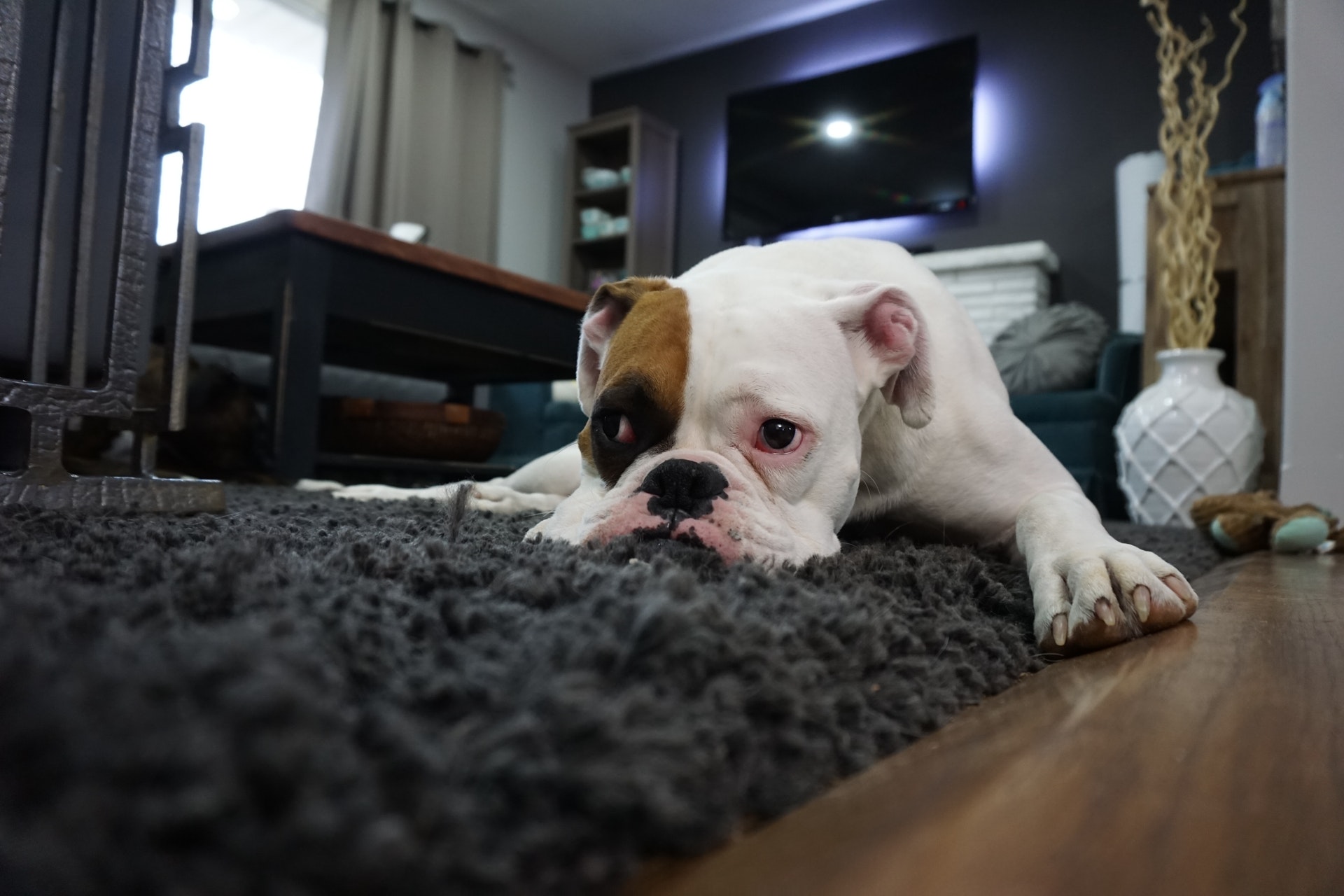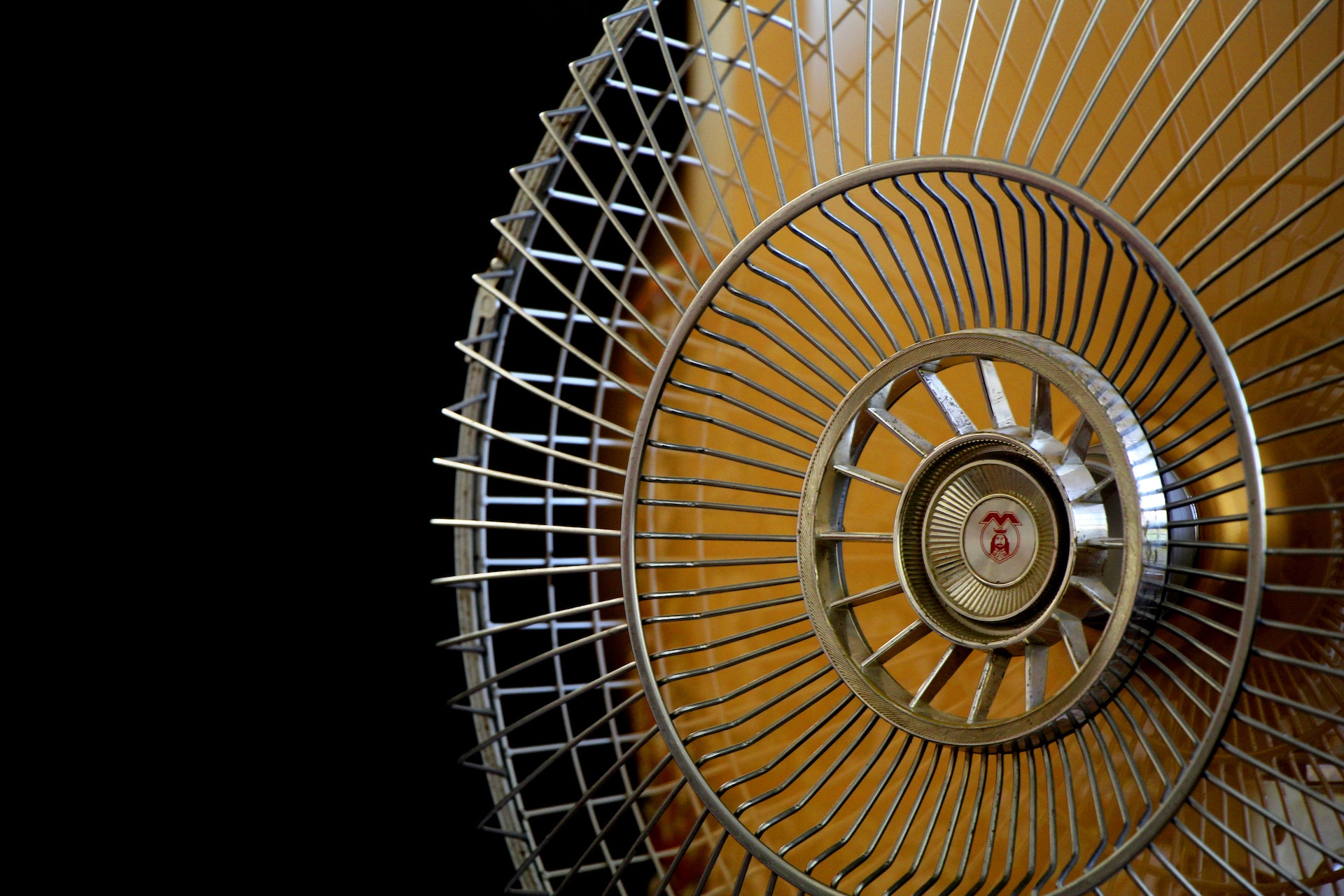How to Keep Pollen Out Of Your Home This Spring
Pollen is a common allergen that can cause discomfort and allergy symptoms in individuals who are sensitive to it. Pollen is produced by plants and is often carried by the wind, making it difficult to completely avoid. However, there are steps that can be taken to reduce the amount of pollen in your home and minimize the risk of allergy symptoms.
Keep windows and doors closed
One of the most effective ways to reduce pollen in your home is to keep windows and doors closed as much as possible, especially during peak pollen season. This will prevent pollen from entering your home and settling on surfaces such as furniture and floors.
Use air conditioning
Using an air conditioning system with a high-efficiency particulate air (HEPA) filter can help trap pollen and other allergens in the air. Make sure to change the filter regularly, as a dirty filter can actually make the problem worse by releasing trapped particles back into the air.
Clean regularly
Regular cleaning is important in reducing pollen in your home. Vacuuming carpets and rugs, dusting surfaces, and washing bedding can all help to remove pollen from your home. It is also important to clean or replace air filters in heating and cooling systems on a regular basis.
Use a dehumidifier
High humidity can create an ideal environment for pollen to thrive. Using a dehumidifier can help to reduce humidity levels in your home, making it less hospitable for pollen. Ideally, humidity levels in your home should be between 30% and 50%.
Use pollen-resistant window screens
Using window screens that are designed to block pollen can help to reduce the amount of pollen that enters your home. These screens are typically made of tightly woven mesh that can trap pollen and other allergens.
Remove outdoor clothing and shoes
Pollen can easily be tracked into your home on clothing and shoes. Removing outdoor clothing and shoes as soon as you enter your home can help to minimize the amount of pollen that enters your living space.
Wash pets regularly
Pets can also bring pollen into your home on their fur. Washing your pets regularly can help to remove pollen and other allergens from their fur, reducing the amount that they bring into your home.
Avoid line-drying clothes and bedding outside
Line-drying clothes and bedding outside can be a great way to save energy and reduce your carbon footprint. However, it can also lead to more pollen in your home. If you are sensitive to pollen, it is best to dry your clothes and bedding indoors using a dryer.
Use a high-quality air purifier
Air purifiers can help to remove pollen and other allergens from the air in your home. Look for a purifier with a HEPA filter, which can trap particles as small as 0.3 microns.
Close car windows while driving
If you have pollen allergies, it is important to keep car windows closed while driving, especially during peak pollen season. This can help to reduce the amount of pollen that enters your car and your home.
In conclusion, reducing pollen in your home requires a combination of strategies that work together to minimize the amount of pollen that enters and settles in your living space. By keeping windows and doors closed, using air conditioning with a HEPA filter, cleaning regularly, using a dehumidifier, using pollen-resistant window screens, removing outdoor clothing and shoes, washing pets regularly, avoiding line-drying clothes and bedding outside, using a high-quality air purifier, and closing car windows while driving, you can create a more comfortable and allergy-free living environment.





